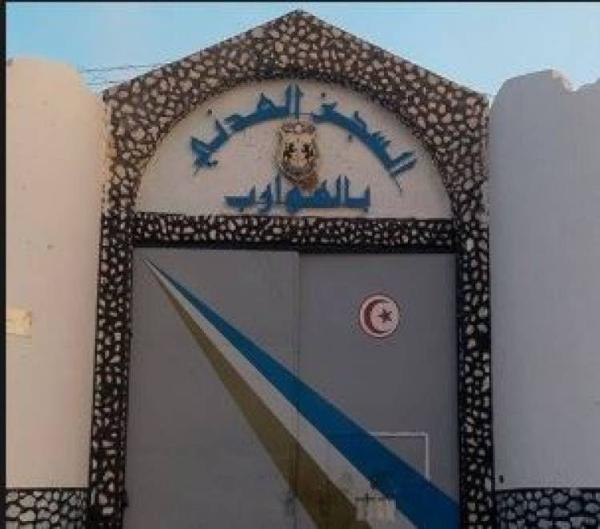The Houareb Civil Prison
The Houareb is located in central Tunisia. It is known for its isolated and rugged location, hard weather, especially during winter nights and all day long throughout the year. The area turned into a quarry where dust constantly covered the whole place. Used during the Middle Ages, as a quarantine place for leprosy patients. The area was also used, before and after independence, for exile. According to students participating in the 1972 movement, the regime suspended classes, closed university institutions, and arrested hundreds of students. On top of that, it threatened to send masses of students to the deserts and to the Houareb area. The Bourguiba regime used the Houareb prison as a centre for banishing people under the pretext of social reform. Prisoners would stay here for indefinite periods of time, without proper judgements, and not to mention making them work at the quarries.
During the 1970s, a dam was built and flooded all the buildings in the area where the current prison was built. The Ben Ali regime used the Houareb prison to detain prisoners of opinion. The regime separated them from their families and abused them. Among those who suffered, there were some of the activists of the so-called Islamic Movement including the renowned leftist activist Mohamed El-Kilani. The Houareb prison is considered to be one of the most overcrowded and in poor-condition prisons. While the total capacity of Tunisian prisons stands at around 16,000, the number of inmates here was 23,000.
Kareem Abdul-Salam, imprisoned as a student, describes the Houareb prison saying: It is mainly a centre for labour and reform—a shelter for administrative sentences of hard labour without a court judgement. It was flooded. Later a damn and an artificial lake were built to support the area. The prison was established in the middle of the Houareb village near the quarries, amid the dynamite blasts that served as timers for prisoners. The dust in the air gives the impression that the isolated place is outside the earth, while the crows soaring the sky annoyingly caw and lurk above you in this city of death. The prison was known for the lack of nutritional food and people's starvation. This was the result of conducting a systematic method of torture to keep the inmates worn out and exhausted most of the time, plus the prison was located far from main city areas.
Resembling the buildings of many classic prisons and detention centres, the Houareb prison has an extremely long wall surrounded by barbed wire and searchlights that tire your eyes and turn the nights yellow in the middle of the prison yards, which increases the feelings of fear and horror during the torture and punishment ‘parties.’ One single night here under the searchlights in the cold is enough to collapse by the morning. The prison guards are from the neighbouring areas. They are predominantly rural in nature and hate the residents of urban areas. Perhaps, this regional variation is an intended procedure, and is deliberately used, in order to ensure the ill-treatment of the inmates.
